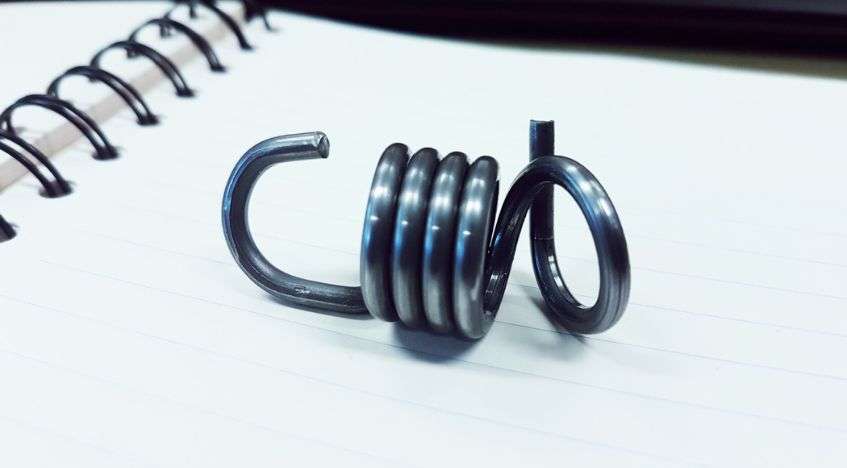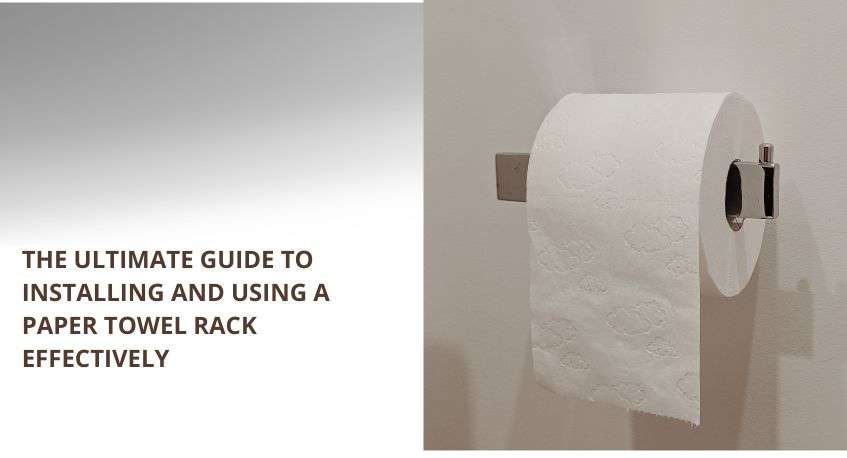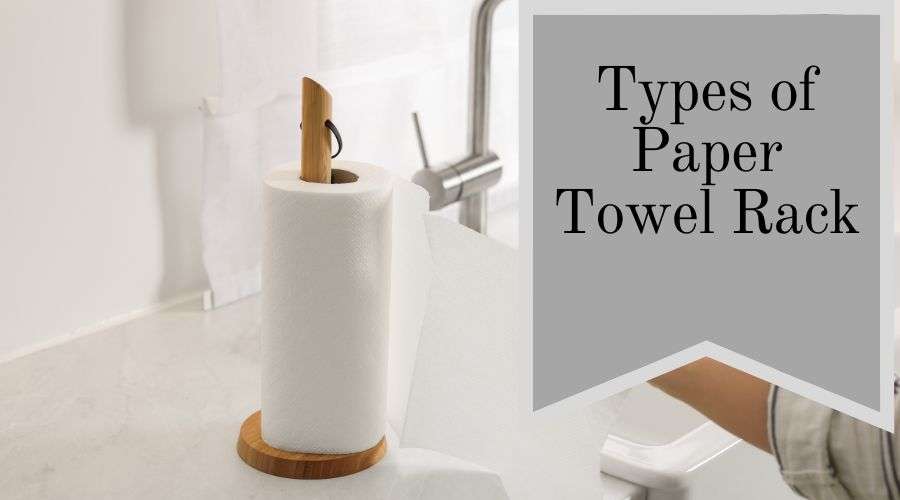
Blog

Oct 7,2024
Common Types of Wire Form Metal Components and Their Applications
The wire form is a vital metal piece with numerous applications in engineering. These types of springs are vital pieces of metal that have diverse applications. In this blog, we will take an in-depth look at some of the most popular uses of wire forms.
What is a Wire Form, and Why is it Useful?
Wire form consists of a single piece of metal wire that is bent and twisted to create a three-dimensional shape. The wire form can be forged from any metal, such as stainless steel, aluminum, copper, bronze, and brass.
How Is Wire Form Component Manufactured?
All types of wire forms are manufactured through metal fabrication techniques. This includes blanks of metal wires, which are fabricated into special shapes suited to particular applications. The fabrication process involves rolling and tempering coiled spools of metal wires. After this, the wires undergo a process of cutting and heat treatment to give them shape. Traditionally, the formation of wire forms was done through manually operated machines that were composed of hand levers and spindles. However, nowadays, with the development in manufacturing technology, CNC wire form technology is utilized to make wire forms at a fast rate and with the utmost accuracy.
Wire Form Benefits
When it comes to industrial applications, wire forms have an edge over other metal shapes. One of the reasons they are so widely used is that they can be produced in large quantities at a relatively cheap cost through CNC wire forming. Moreover, all types of metals used in wire forming are malleable and can be bent and molded to fit the applications. Let us take a look at some common applications of wire forms.
The Diverse Industrial Applications of Wire Form
Wire forming is used to make metal components related to lots of industries like healthcare, automotive, aerospace, and agricultural machinery. Some of the common wire-forming materials are
Hooks For Everyday Use
This uncomplicated and simple tool that is used to hang clothes and towels is usually produced through wire forming. From small coat hooks to large ones for commercial use and everything in between, wire forming is used to create an extensive variety of hooks. The size and configuration of hooks and hangars depend on the purpose of use. Although hooks and hangars are household items, wire forming is also used to create lifting hooks that are utilized in lifting heavy cargo.
Springs for use in Machinery
One metal component that is a part of countless machines and vehicles in various shapes and sizes is the metal spring. Wire forming is used to create various types of springs, such as torsion springs, leaf springs, and tension springs. Leaf springs are used in the construction of automobile suspension systems. Springs utilize high-carbon steel wire. The thickness of the steel wire depends on the application. A typical supplier uses CNC technology to ensure that the quality standards are uniform and all springs are made according to design specifications. The automated CNC metal fabrication process ensures that each spring is made with utmost accuracy down to the nearest millimeter.
Clamps and Clips
A standard metal component that is widely used in many industries to hold two objects or pieces of machinery or parts is the metal clamp or clip. There are a myriad of clips in diverse ranges and sizes. For household applications, paper clips, clothespins, and binder clips are usually used in our daily lives. Apart from household uses, clips having commercial use, like pipe clamps, are also manufactured using wire forming.
Essential Factors To Consider During Wire Forming Procedure
The components made through wire forming need to be durable enough to withstand the vibration and pressures of machine operations. They should be long-lasting and resistant to corrosion; hence, several factors should be considered to make top-quality wire form components. They are
Material Characteristics
The metal should match the specific chemical, environmental, and mechanical tolerance values that are required for applications.
Wire Finishing
Once the wire has been cut and shaped, it needs to pass through a finishing process, which depends on the application. This can include polishing, coating with plastic or rubber, welding, and galvanizing or metal plating to improve strength. The wire should be passed through the appropriate finishing processes to make it into a high-quality finished product capable of performing well in all conditions.
Read Also: How to Choose the Right Alloy for Wire Form Springs
Final Word
Wire form springs are unsung heroes that quietly contribute to the convenience and comfort of our daily lives in ways we may not always recognize. Whether it's the reliable operation of your garage door, the comfort of your favorite recliner, or the smooth functioning of your ballpoint pen, wire form springs play a crucial role. From household items to our vehicles, gadgets, and appliances, these unassuming components are vital for ensuring things work as they should.
The versatility and adaptability of wire form springs make them essential in various industries and applications. They provide the required support, tension, and flexibility needed to keep things in motion and maintain the quality and safety of our everyday experiences. As we've explored in this blog, from the mundane to the extraordinary, wire form springs are integral components that make our daily lives run a little more smoothly.


